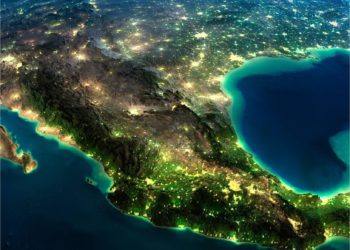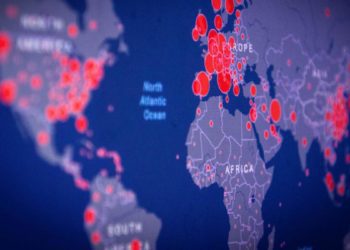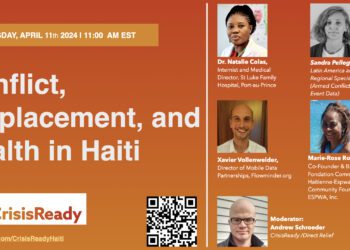The increasing scope and scale of disasters globally continues to increase the numbers of people displaced from their homes, both internally and across national borders. Response agencies and researchers are looking for new ways to utilize digital data generated from mobile devices, in combination with other methods, to develop new thinking about post-disaster displacement. This webinar brings together two of the key agencies within the United Nations system leading efforts to use human mobility data to improve understanding of post-disaster displacement dynamics.
The United Nations Committee of Experts on Big Data and Data Science for Official Statistics (UN CEBD) is publishing a new handbook on human mobility data and disasters, which looks at a range of technical, legal, ethical, and case study issues designed to guide effective data science for analysts and response agencies. The United Nations High Commission on Refugees (UNHCR)’s Innovation team is likewise supporting mobility analysis in a range of situations including the Turkish-Syria border, internal displacement in Senegal, and migration from Venezuela to Colombia.
Discussants
- Ayumi Arai, University of Tokyo
- Rebecca Moreno-Jimenez, UNHCR
- Esperanza Magpantay, International Telecommunication Union (ITU)
Moderators
- Andrew Schroeder, CrisisReady and Direct Relief
If you want to join the channel for the latest updates and discussions on the Disaster Mobility Data Network, please contact Joe Nallen at jnallen@hsph.harvard.edu.


